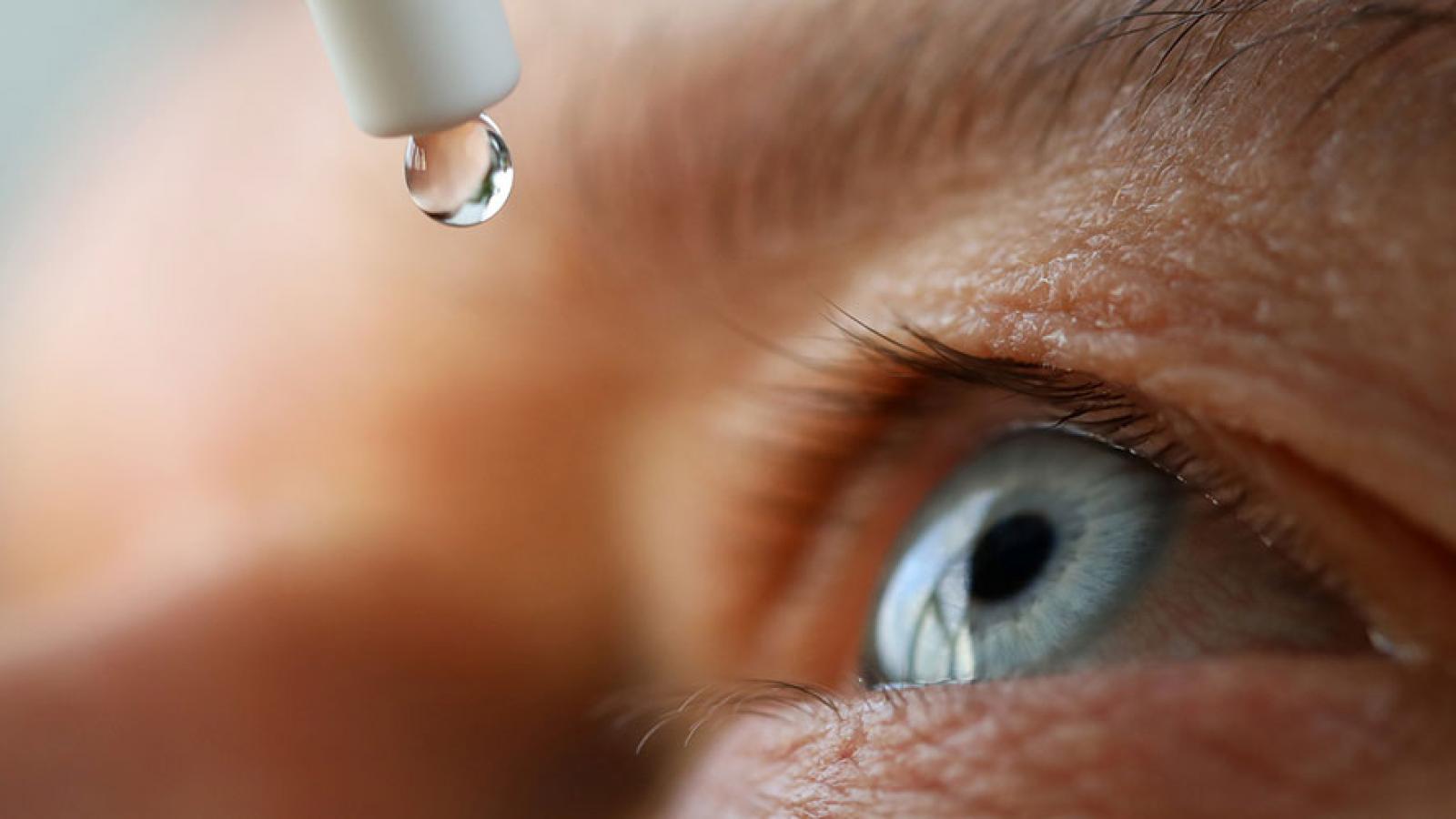Glaucoma is a group of eye diseases that damages the optic nerve, the structure that transmits visual information from the eye to the brain. It is often associated with increased pressure inside the eye, also known as intraocular pressure (IOP). Glaucoma is one of the leading causes of blindness worldwide, and it is especially common in older adults. However, it can also affect younger people, and it is important to be aware of the symptoms and treatment options for this condition.
Symptoms of Glaucoma
The early stages of glaucoma often have no symptoms, which is why it is sometimes referred to as the “silent thief of sight.” This is why regular eye exams are important, especially for people at higher risk of developing glaucoma, such as those over the age of 60, people with a family history of glaucoma, and people of African or Hispanic descent.
However, there are some symptoms that may develop as glaucoma progresses. These include:
Gradual loss of peripheral vision, or the sides of the visual field
Tunnel vision, or a narrow field of vision
Blurred vision
Halos around lights
Eye pain or redness
If you experience any of these symptoms, it is important to see an eye doctor as soon as possible. Early diagnosis and treatment can help slow the progression of glaucoma and prevent vision loss.
Types of Glaucoma
There are several types of glaucoma, each with its own characteristics and treatment options. The two main types of glaucoma are:
Open-angle glaucoma: This is the most common type of glaucoma, accounting for about 90% of cases. It develops slowly and has no symptoms in the early stages. It is often associated with an increase in IOP, but not always. The drainage angle between the iris and the cornea remains open, but the flow of fluid out of the eye is blocked.
Angle-closure glaucoma: This type of glaucoma is less common, but it can be more severe. It is caused by a blockage of the drainage angle between the iris and the cornea, leading to a rapid increase in IOP. This can cause symptoms such as eye pain, headache, nausea, and vomiting. Angle-closure glaucoma is a medical emergency and requires immediate treatment to prevent vision loss.
Treatment for Glaucoma
The goal of treatment for glaucoma is to lower IOP and prevent further damage to the optic nerve. There are several treatment options available, including medications, laser surgery, and traditional surgery.
Medications: Glaucoma medications come in various forms, including eye drops, pills, and injections. These medications work by decreasing the production of fluid in the eye or increasing the drainage of fluid out of the eye.
Laser surgery: Laser surgery, also known as laser trabeculoplasty, is a non-invasive procedure that uses a laser to create small openings in the drainage angle to improve the outflow of fluid from the eye.
Traditional surgery: Traditional surgery, also known as filtering surgery, involves creating a new drainage pathway for fluid to flow out of the eye. This can be done through a small incision in the eye or by using a laser.
The type of treatment recommended will depend on the type and severity of the glaucoma, as well as the overall health of the patient. In some cases, more than one type of treatment may be needed to control IOP and protect the optic nerve.

 Home
Home Health
Health Diet & Nutrition
Diet & Nutrition Living Well
Living Well More
More












